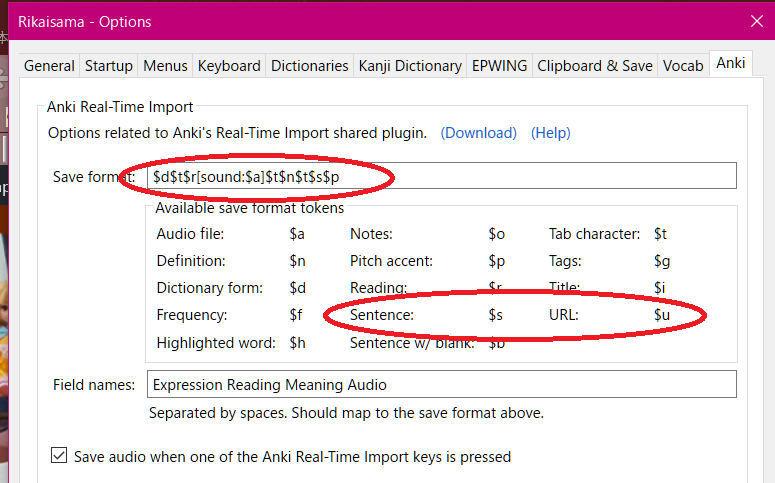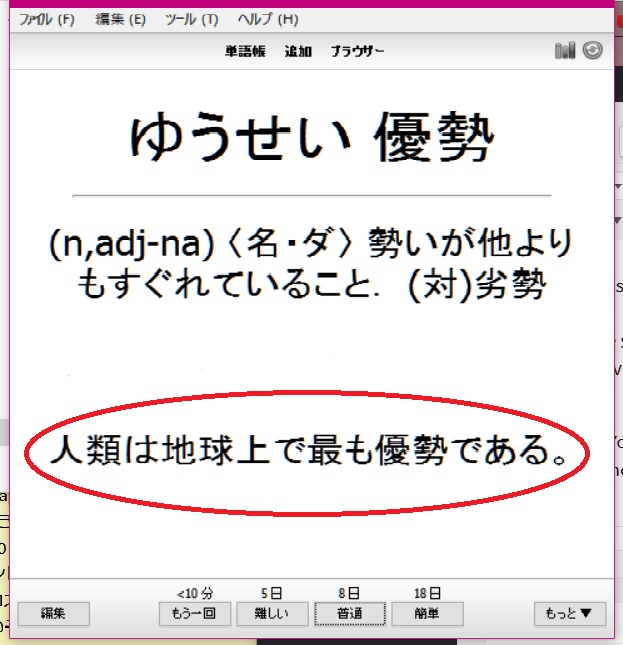 Knowing your Japanese level is difficult when you are a self-learner, especially if you are learning primarily by self-immersion.
Knowing your Japanese level is difficult when you are a self-learner, especially if you are learning primarily by self-immersion.
Now in some ways, “knowing your level” is often neither possible nor desirable. That is because you don’t necessarily have a “level” measured in conventional terms.
But that doesn’t mean that you don’t need some kind of check on your progress and some way of ensuring that there aren’t gaps in your learning.
The Japanese taught in Genki, for example, is going to teach you to discuss your academic major in Japanese before you learn to tie your shoelaces in Japanese.
I sometimes call this “run-before-you-walk Japanese” and academic courses are full of it. For example, you learn to use teineigo (desu/masu form) before you learn ordinary speech. Japanese children don’t learn teineigo until they have been speaking for years.
I am not necessarily criticizing academic courses, but this, for their own reasons, is how they work.
So what do we mean by “Japanese level”? With Japanese children the progression is quite clear, and once they start school you can pretty much tell what level their language will be at by what year they are in.
Academic Japanese-for-foreigners goes in a direction that is almost the opposite of the way Japanese children learn. Self-immersion learning, as presented throughout this site, goes in a direction that is somewhere between the two.
It might be ideal to learn in the way a Japanese child does, but that isn’t possible. However, we do learn in a way that is closer to the way a Japanese child learns than the academic approach.
So, say one year in, the Japanese child, the academic learner, and the self-immersion learner are all at a one-year Japanese level* but what that level entails is going to be rather different in all three cases.
At the same time, as a senpai once said to me, “there is only one Japanese language”. In other words we are all going to end up learning the same things, even if the order differs. And in things like basic Japanese grammar, we really need to be at much the same level. That is, we need to know all the basic ways the grammar works. For adult learners we should know this within the first year.
So how do we check our Japanese level in a practical way? Finding a “level” we can give some kind of a name to is probably not possible since “levels” differ between different kinds of learning.
But that doesn’t really matter. We aren’t trying to play a game of ranking ourselves so much as trying to make sure that we haven’t left any gaping “holes” in our Japanese – things we ought to know by our current stage but don’t.
So how do we go about this?
Checking your Japanese level
In my early days I used the Genki books for grammar. Confession time. I never did the drills, I rarely read the little stories, and I didn’t learn quite a lot of the vocabulary because it was university-based terminology that was useless to me (from quite an early stage I was learning by the Anime method a lot more vocabulary than the books taught).
Still, I did use the grammar sections of each chapter for most of the first book, chugging through it in a couple of weeks. After that I was picking up my grammar ad hoc as I found it and needed it in anime. I picked things up mostly through the Internet, as it is easier to search for grammar forms you don’t know (often you have no idea what they are called) on the internet than in a book.
However, there comes a time in the affairs of dolls and peoples when you start to think “do I actually know basic grammar properly?” And what I did at that stage is what I advise you to do.
I used Genki as a checklist.
It doesn’t have to be Genki, of course. Anything that teaches grammar in the systematic step-by-step way that we didn’t learn it can be used to check off the grammar points one by one.
The way I did it was to go through it in regular sessions with Cure Yasashiku. Our sessions would consist of going through the grammar points in the grammar section saying
Do we know this one?
Yes.
Do we know this one?
Yes.
Do we know this one?
Not sure about that, let’s check it and make sure of it.
I knew probably 85-90% of it by that stage and Cure Yasashiku, who is my kouhai, knew perhaps 75%. Explaining the bits she didn’t know helped to consolidate my knowledge, and the bits neither of us knew, I learned there and then.
We hadn’t mostly used Genki 2 for learning but using it as a checklist meant we got our Japanese all stacked up and ready for moving on to Intermediate level.
After Genki 2 we went through the excellent Dictionary of Basic Japanese Grammar. This was pretty fast as we already knew most of it, but I have to say that this book supplemented our knowledge because it is very good on the finer nuances of expressions and has nice sections comparing one grammar form with other ones that have similar meanings, showing how they differ in tone and use.
It is a lot easier doing this sort of thing when you already know the grammar in a rough way – just as it is much easier reading a complex instruction manual when you are already playing the game.
After the basic grammar dictionary we went on to the Dictionary of Intermediate Grammar, which is equally good.
The thing is that we weren’t only doing this. It was by no means the core of our learning. It was a supplementary checklist to find and fill any holes in our real immersion learning.
This meant that by the time we’d finished checklisting the Dictionary of Basic Japanese Grammar we had already been operating at Intermediate level in our real immersion lives for some time. Which in turn meant that we were now ready to start using the intermediate dictionary as a checklist for checking our Japanese level for the stage we now were at.
We decided not to move on to the Dictionary of Advanced Japanese Grammar for two reasons. Firstly, I don’t think it is as good as its two predecessors. Second and more importantly, all three are written in English and by this stage we didn’t want to be working on Japanese in English any more. Or conversing in English at all, come to that.
What we did was use the Kanzen Master JLPT2 grammar book (the old one actually – since we weren’t taking the exam that didn’t matter). This is all-Japanese and we kept our sessions as far as possible in Japanese. We allowed “English breaks” where an explanation wasn’t possible for our current Japanese level, but they became fewer and fewer.
At this stage we were reading Japanese children’s novels (probably around Harry Potter level) as well as playing text-heavy games and visual novels, watching anime etc. Again, the grammar book was playing the role of a level-checker and hole-filler, not the place we were learning Japanese from.
Since then we have moved on to native kokugo grammar books – school textbooks for native Japanese speakers. These are no longer level-checkers. They are part of our Japanese life.
So am I still using a level checker? Up to a point, yes – at least for kanji.
Checking your Japanese kanji level
Checking your level in kanji is especially important if you are learning kanji as words by organic immersion rather than using kanji books.
One very good way of doing this is to find a children’s novel at what you estimate to be your level that does not have full furigana.
In such a book you can take it that those kanji that have furigana are above your roughly-estimated level. If you know some of them (and if you have been learning through organic immersion you will) that’s just bonus points!
But any kanji that don’t have furigana that you don’t know need to go straight into your Anki. Those are the “holes” in your current kanji level.
Since the Japanese school kanji-teaching system is very, very systematic, you know that a book marked at, say, middle-school 3-4 that does not have full furigana will have furigana for everything above middle school 2.
So once again we are using those systematic people to check-and-fill our non-systematic learning.
Japanese level-check summing up
To sum up:
You don’t need to use the same books we did (though actually I recommend them as what I would consider to be the best choices), but the method outlined here is a very good way for making sure that your freewheeling self-immersion learning isn’t leaving holes in your Japanese.
Checking your Japanese level by these methods essentially gives you most of the advantages of systematic textbook learning without actually having to do systematic textbook learning.
You don’t need drills and silly wooden textbook dialogues if you are self-immersing. You can benefit from using their systematic approach to check your Japanese level and ensure that it is firm and has no large gaps.
NOTE *I am using this “one year” very figuratively. We wouldn’t know where to start counting for the child, and for the adult learner what a “year” actually means depends on how much time she has spent on Japanese during that year. What I really mean is “an equivalent gobbet of learning”.
 Right from the beginning standard textbooks get us off on the wrong foot with the wa-particle.
Right from the beginning standard textbooks get us off on the wrong foot with the wa-particle.








